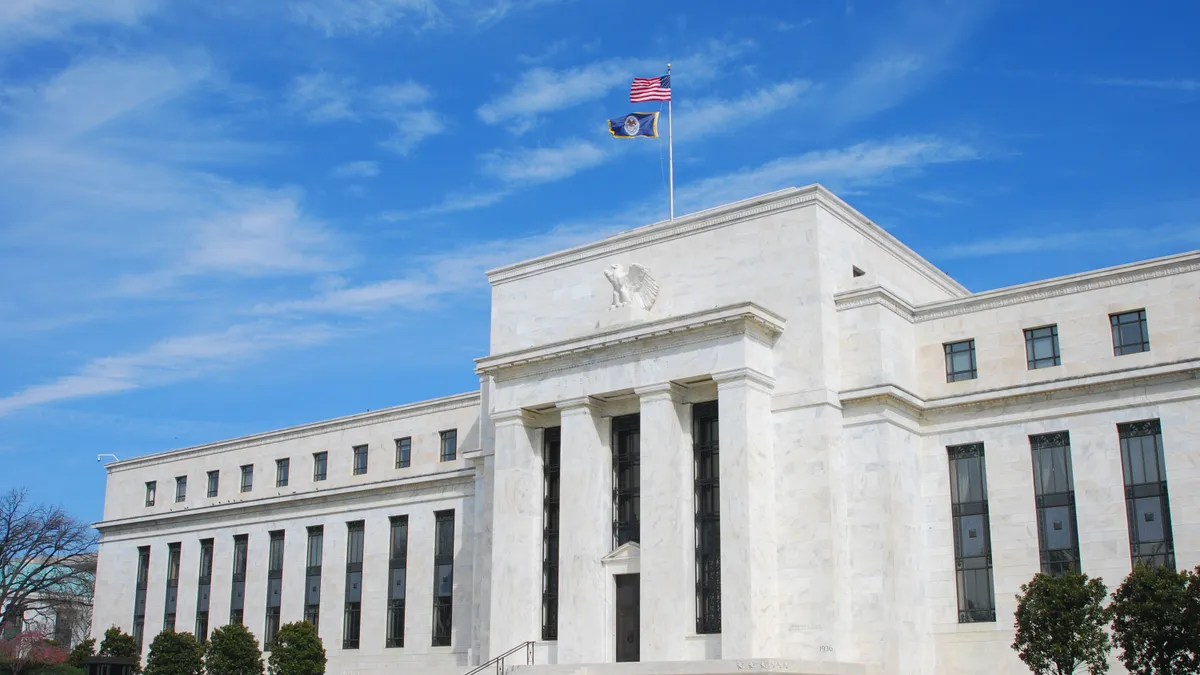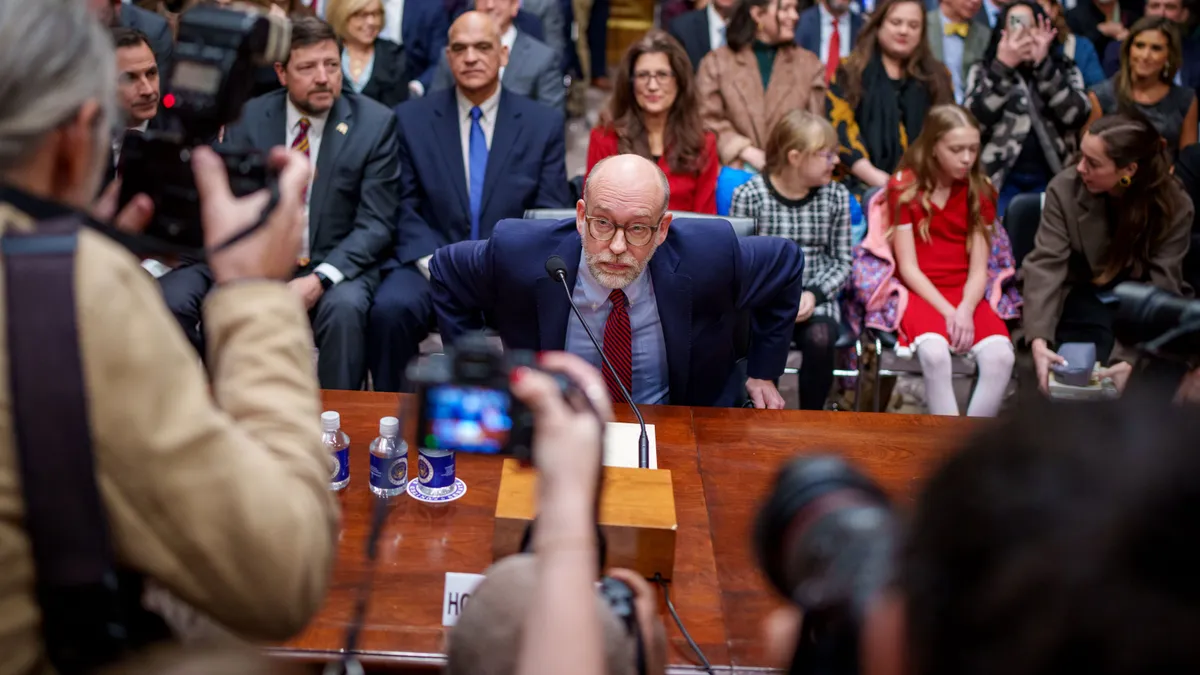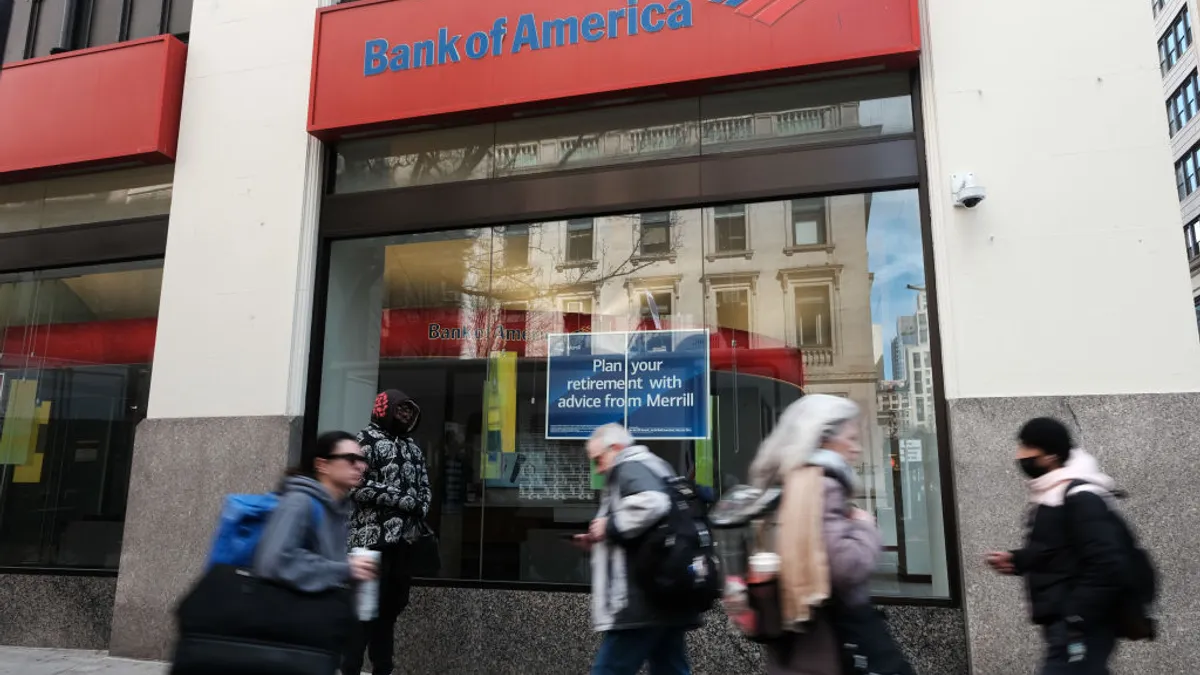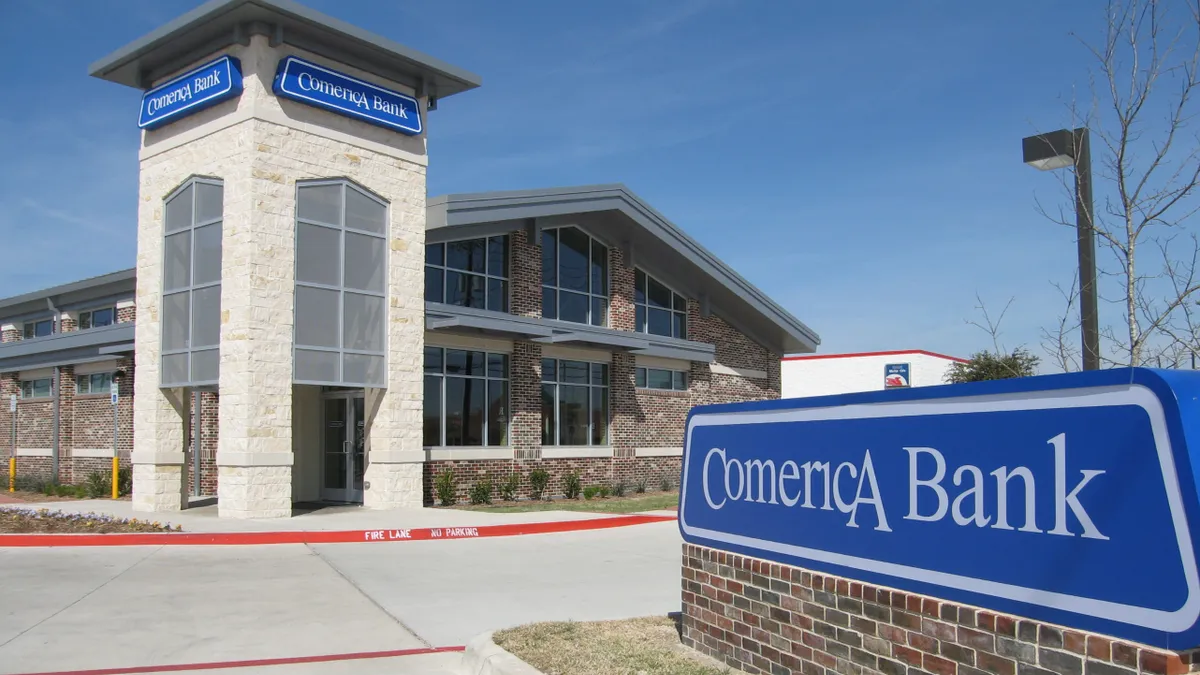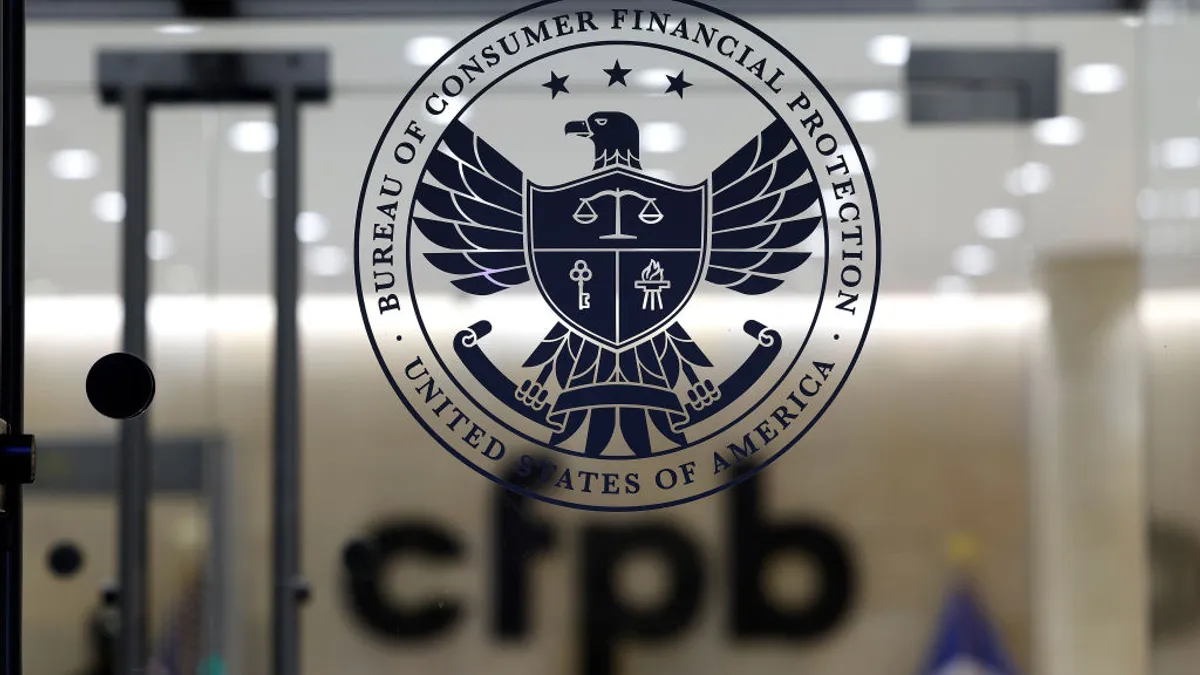Federal Deposit Insurance Corp. (FDIC) Acting Chair Martin Gruenberg spoke to the American Bankers Association on Monday with a directive: Climate change is already posing a risk to financial institutions today, and that risk will only get worse.
While he makes clear that the FDIC will not muddle itself in determining which firms and sectors banks should engage with — “The FDIC is not responsible for climate policy,” he said. “These types of credit allocation decisions are responsibilities of financial institutions” — he makes clear that banks should consider climate-related financial risks as they do other risks, and take the same risk-based approach “in assessing individual credit and investment decisions.”
This year, the FDIC established an internal working group to cultivate an agency-wide understanding of such risks, and in March issued a request for comment on draft principles that would deliver a framework for how to manage exposures to climate-related financial risks. That request is similar to the principles the Office of the Comptroller of the Currency (OCC) issued in December 2021, and while the FDIC’s comment period closed in June, comments are under review.
“[W]e are in the early stages of understanding and addressing climate-related financial risk,” Gruenberg said. “[We] need more and better data to more fully understand the exposures to these risks and for the development of methodologies to analyze them [and] we need more and better dialogue with our counterparts in the U.S. and international financial regulatory bodies, and especially with stakeholders throughout the banking industry.”
Here are five major takeaways from his message Monday:
1. The pandemic was a wake-up call that financial crises won’t always come from economic developments or from within the financial system.
Historically, financial crises sprang from economic developments, as in the case of the Great Depression or the 2007-08 recession. The Financial Stability Oversight Council dubbed the COVID-19 pandemic “the biggest external shock to hit the post-war U.S. economy.” Gruenberg posited that the FDIC has “learned from the pandemic that exogenous shocks can have a profound impact on the economy and financial system,” mirroring the FSOC October 2021 report that stated “climate change will likely be a source of shocks to the financial system in the years ahead.”
2. Community banks may face greater climate-related risks than large banks.
While climate-related financial risk presents “unique, serious, and unknown risks” to all banks, Gruenberg said, some banks could have more concentrated exposures, likely due to geography. Over-reliance on insurance and government support in times of disaster is risky “as these may not be able to compensate for losses to the same extent as they have in the past, or could become more expensive,” he said
“This may stress the ability for smaller institutions to mitigate climate-related financial risk,” Gruenberg said.
However, “heightened exposures and increased uncertainty must not result in unreasonable expectations on the part of regulators,” he said. Like other areas of risk, regulator expectations will be based on a bank’s size and complexity, and they plan to leverage community banks’ experiences to develop cost-effective risk management approaches.
3. There are more than just the physical risks to climate change.
Physical risks are the obvious ones — lobbies flooded from hurricanes on the coast, branches inaccessible because of wildfires in the west. But there are also transition risks to climate change, or stresses banks face due to shifts in public investment, consumer and business preference, or technologies linked to a move toward a reduced carbon reliance.
Long-game physical risks including rising temperatures and sea levels could drive migration patterns, the far reaching affects of which could be “impacts to household wealth, corporate profitably, local economies and municipalities,” according to a White House report last fall. Growing physical risks of climate change may influence where individuals decide to set up businesses, prioritizing geographic areas with less physical risk.
Current insurance policies at banks and at their customers’ businesses may cover some or all of what’s lost in severe weather events, but as the weather gets wilder, more severe, and less predictable, those policies might gradually become more experience or unavailable to cover such losses, according to California Insurance Commissioner Dave Jones’ 2018 report on wildfire insurance availability.
4. Consumer and investor preferences on climate policy could affect their investments.
Changes in investor and public preferences may promote or speed up the transition to a lower-carbon economy, and technological advancements will likely arise to meet those needs.
Therefore, “certain companies or sectors may face increased competition or lowered revenue, resulting in reduced profitably and ability to repay obligations, as well as reductions in the value for certain assets that are less productive in a lower-carbon environment,” he said.
In addition, marketplace demand for the “evaluation and disclosure of climate-related financial risks” may influence investment decisions or result in a shift in market, consumer, or investor preferences that “may trigger material decreases in the value of certain assets or groups of assets on their balance sheet and contribute to broader volatility of portfolio performance.”
5. The time is now for banks to prepare climate-related financial risk plans and practices.
As a first step, board of directors and bank management should pursue a better understanding of climate-related financial risk and how it’s already impacting the customers and communities they serve, with the understanding that the impacts may evolve over time. Gruenberg mirrored Acting OCC Chief Michael Hsu, who gave a similar suggestion last November.
“Banks may wish to consider developing appropriate sound governance frameworks and processes that have the capability for incorporating the assessment and management of climate-related financial risk as appropriate to their size, complexity, and risk profile,” Gruenberg said.
Building the internal infrastructure around climate-related risk sooner rather than later will help these institutions manage the risks as they come.
“Simply put, it’s just good governance to be prepared. And we can prepare now,” he said.





